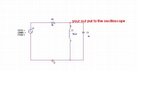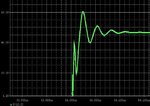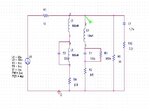pol
Member level 2

the output transistor generated the square wave.
---------- Post added at 06:57 ---------- Previous post was at 06:01 ----------
yes right,
the output transistor generated the square wave.
and next??
---------- Post added at 06:57 ---------- Previous post was at 06:01 ----------
yes right,
the output transistor generated the square wave.
and next??








